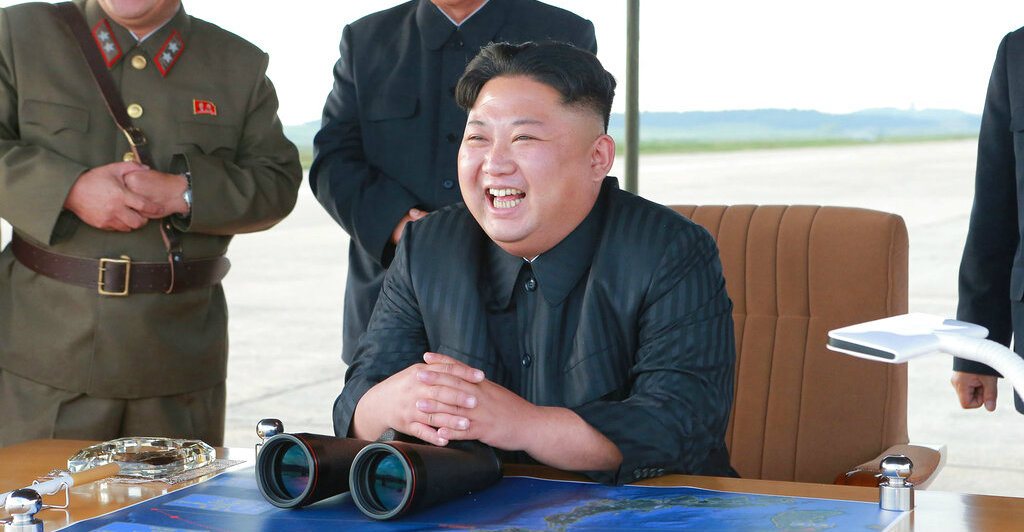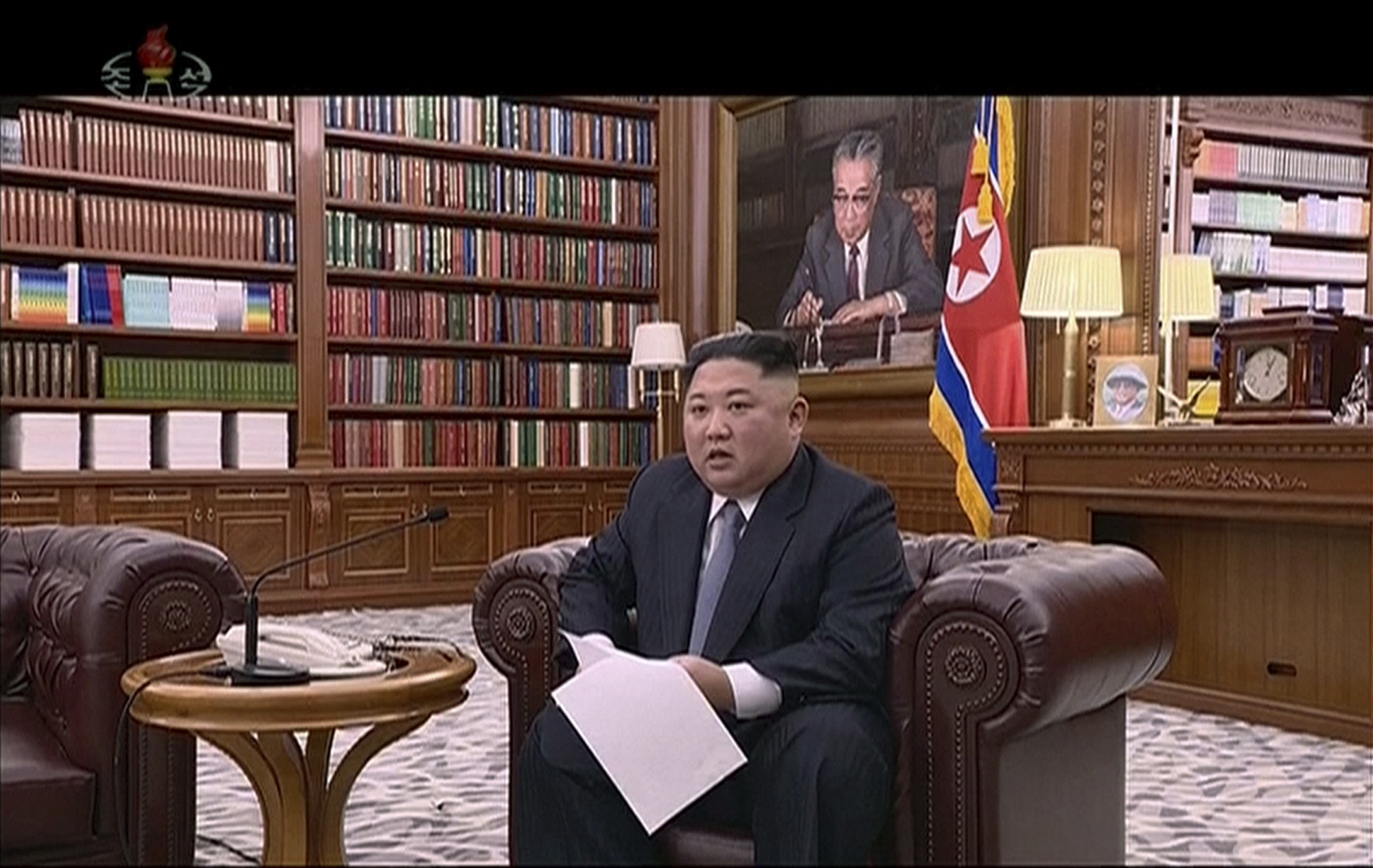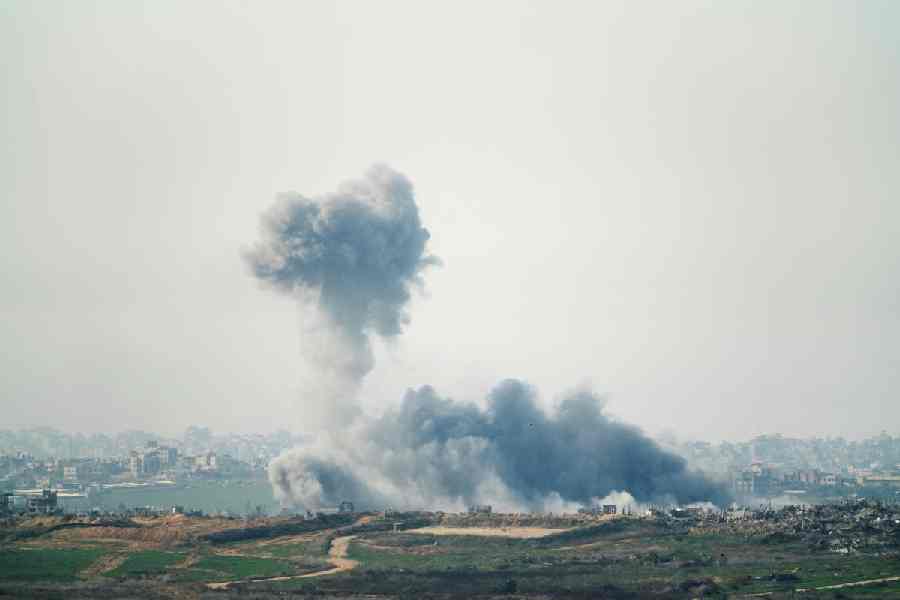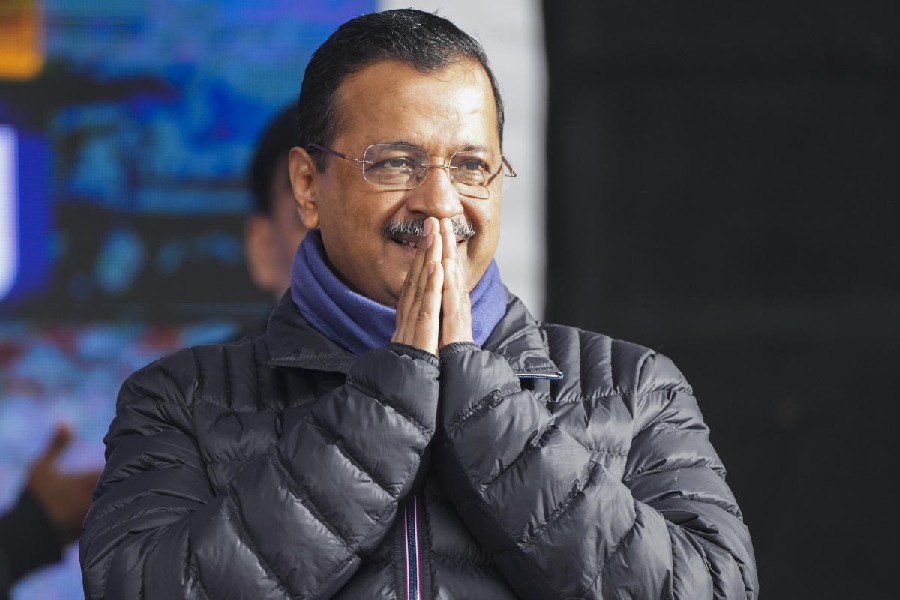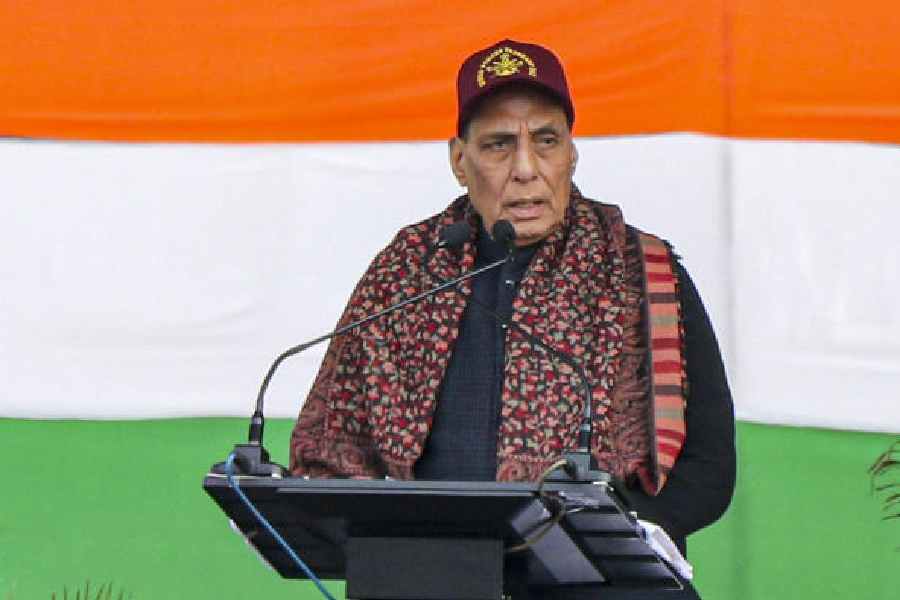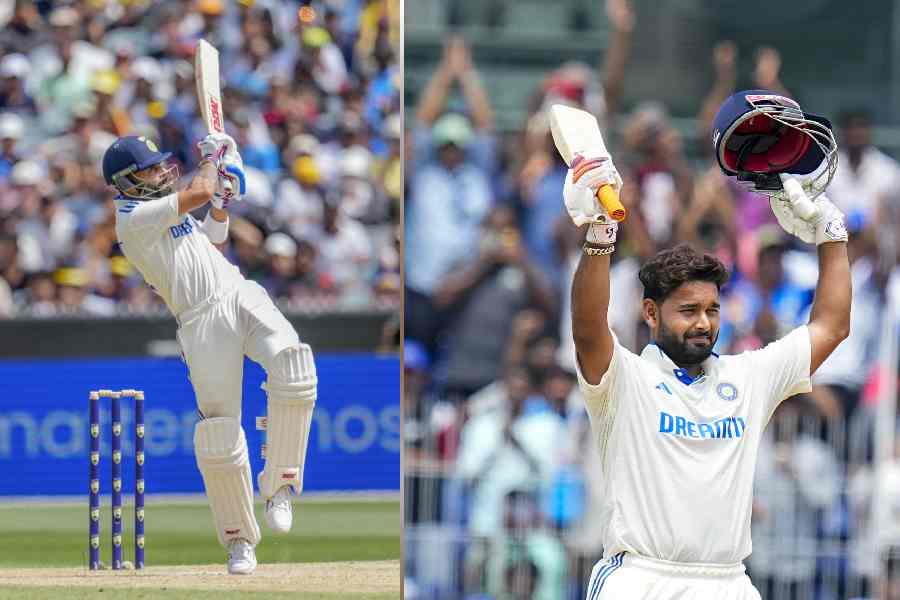President Donald Trump used his biggest stage of the year to announce he will hold his second summit with North Korean leader Kim Jong-un.
Trump announced during his State of the Union address that he intends to meet Kim on February 27-28 in Vietnam, saying that although much work remains to be done toward peace on the Korean Peninsula, his relationship with Kim is a good one.
But is Kim really ready to make a deal?
Here's why the stakes will be higher this time around.
Lowering expectations
Trump's announcement of the summit's timing and location was expected. He had been teasing it for weeks. But he kept his North Korea remarks surprisingly short.
After dramatically asserting that if he hadn't been elected President, the US and North Korea would be fighting a major war now, he acknowledged that much work remains to be done. That's quite a shift from his claim right after his June summit with Kim in Singapore that the nuclear threat from the North was over.
The President's tune changed in other ways as well.
The word denuclearisation was nowhere to be found. Neither was anything specific about what he achieved in Singapore or what specifically he intends to get out of another meeting.
Trump is smart to give himself a lot of wiggle room.
US intelligence chiefs believe there is little likelihood Kim will voluntarily give up his nuclear weapons or missiles capable of carrying them.
Nevertheless, efforts to nail down the logistics and an agenda for the summit do appear to be on track. Just before Trump spoke, the US special envoy for North Korea, Stephen Biegun, reportedly flew to Pyongyang to try to flesh out summit logistics and an agenda.

Kim Jong-un and Donald Trump shake hands before their meeting on Sentosa Island in Singapore on June 12, 2018. AP
Good reason for caution
After a year of heightening threats, and in sharp contrast with the standoffish policies of President Barack Obama, Trump got a lot of credit for simply being willing to open a dialogue with the North and to meet directly with Kim.
Trump's claim that he has played a big role in calming things down is also true, though he helped raise those tensions to begin with through his inflammatory rhetoric and policy of 'maximum pressure' to further squeeze the North's economy and isolate it from the global financial system.
But now that the ice has been broken, just sitting down with Kim won't likely win Trump more kudos.
Previous presidents refused to meet with Kim and his predecessors because they did not want to legitimise them or bolster their status. Kim got all that and more in Singapore.
Trump needs to prove his relationship with Kim has a purpose that goes beyond photo ops. In his speech, Trump stressed that the North has returned Americans who had been jailed and has not launched any long-range missiles in 15 months.
Kim announced all of that before the Singapore summit, however.
There's a real risk this time around that if Trump can't nail down a significant win on the denuclearization front, he could find himself working in direct opposition to his own main objective. Instead of getting Kim to give up his nukes, any tacit acceptance of the status quo could embolden Kim to dig in further as the leader of the world's newest nuclear power.
Kim’s multiple targets
In the hope of getting sanctions relief and possibly a peace treaty to formally end the Korean War, Kim has offered Trump some goodies. He has suggested he is willing to dismantle some nuclear and missile-related facilities, and as Trump pointed out, has maintained his self-proclaimed moratorium on nuclear and long-range missile testing.
But he has been careful not to put all his eggs in Trump's basket.
Rebuilding ties with South Korea and China is the cornerstone of Kim's bigger strategy. He has already met Chinese leader Xi Jinping four times and South Korean President Moon Jae-in three times.
Kim has an immediate interest in wooing the Chinese and South Koreans. He wants investment and trade to bolster his economy and help fund infrastructure projects. Beijing and Seoul are already suggesting they believe sanctions against the North should be eased sooner rather than later, despite the Trump administration's stance that denuclearisation must come first.
Weakening Seoul's security alliance with Washington is another of Kim's goals.
He scored big in Singapore when Trump agreed to put off joint military exercises with the South, and again when Trump started publicly questioning the value of such exercises and demanding Seoul pay a bigger share of the cost of its own national defense.
Seoul just agreed to boost its share, so that's a win for Trump. But the reportedly rancorous process appears to have also undercut the South's confidence in Washington.
The biggest annual U.S.-South Korea exercise, meanwhile, is normally held in March or April. It was postponed and scaled down last to year to ease tensions during the Pyeongchang Winter Olympics.
US officials have said it will likely be scaled down this year as well.

